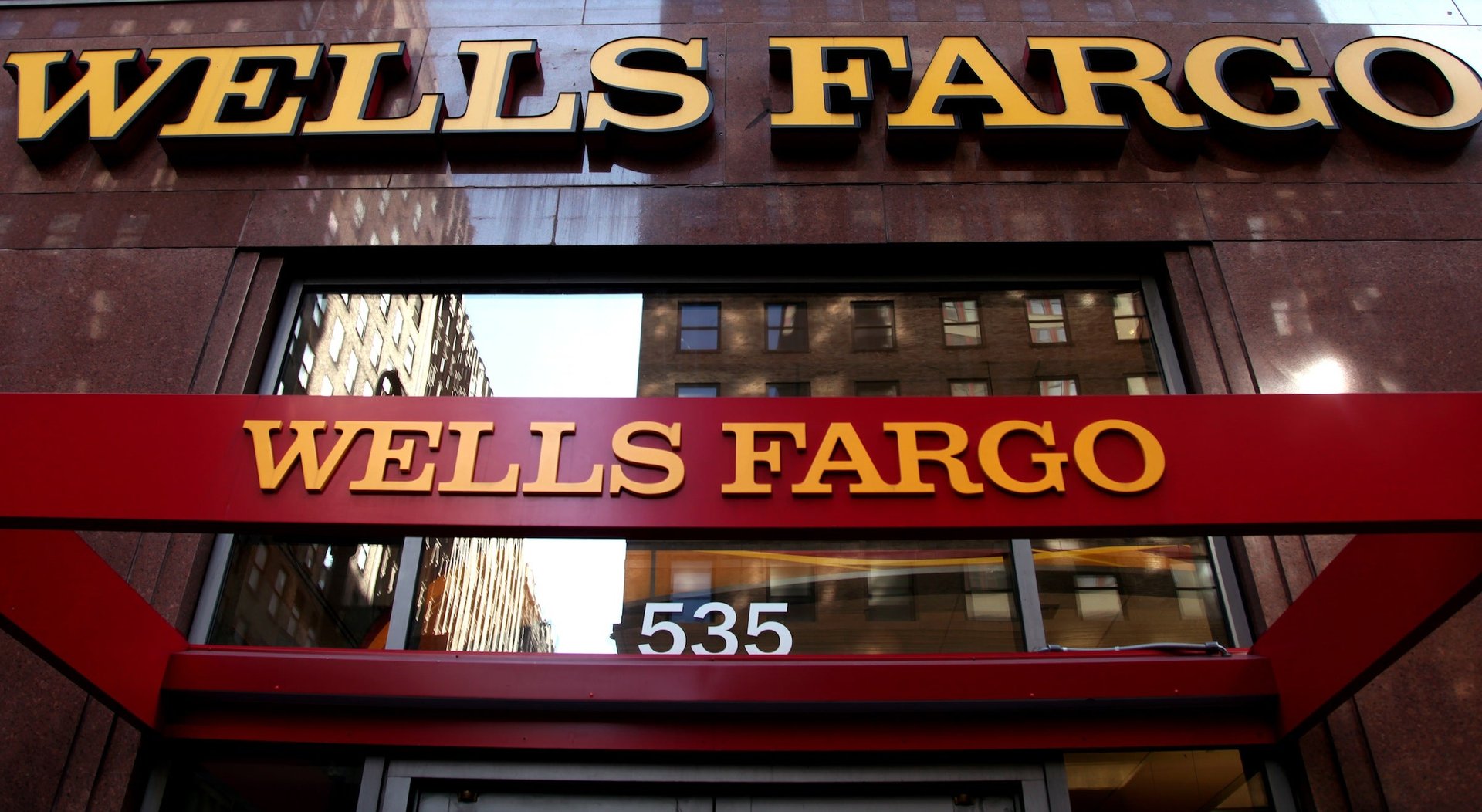Wells Fargo follows Fed’s lead to record profits
Just do what the Fed says and accept your $5.1 billion profit.


Just do what the Fed says and accept your $5.1 billion profit.
Massive US mortgage lender Wells Fargo notched record profits in the fourth quarter, as it capitalized on the refinancing boomlet set off by the Federal Reserve’s efforts to drive mortgage rates lower.
We’ve written before explaining the Fed’s mortgage-bond-buying program. The short version is that while consumer lending rates have hit some of their lowest levels in US history in recent months, it still remains incredibly profitable for the banks to lend to them. And the proof is in the pudding.
Wells Fargo, the fourth-biggest U.S. bank and the largest U.S. home lender, said fees from mortgages climbed nearly 30 percent from a year ago to $3.1 billion as homeowners continued to refinance their homes at low rates. The bank issued $125 billion in mortgages during the quarter, down from $139 billion in the third quarter.
In a sign that the mortgage refinancing boom could be slowing, the bank’s pipeline of unclosed home loans was $81 billion at the end of the fourth quarter, down from $97 billion at the end of the third quarter.
As that last sentence suggests, there’s no reason to think that the refinancing wave is going to last forever. But some big banks have recognized what the Fed’s doing, like Wells and JP Morgan, and capitalized on it. Others, like Bank of America, haven’t. And by the way, don’t forget that the whole reason the Fed tried to set off this refinancing wave was because it is good for the economy. It shrinks the share of employee paychecks spent on housing and frees up cash to be spent on other things. And as long as refinancing keeps chugging along—even if it slows a bit—it will help offset some of the increase in the payroll tax increase that was agreed to as part of the New Year’s fiscal cliff deal.